Dieffenbachia Amy Tissue Culture
$3.90
The Dieffenbachia Amy plant is a plant from the family of dieffenbachia plants. The name was given to it because of its resemblance to a human female reproductive organ. This article will discuss more this interesting, but little-known, family member.
Dieffenbachia Amy plant is a flowering plant native to Australia and southern China. The name comes from the German words dieffenzein (meaning ‘to flower’) and berghei (meaning ‘flowers’).
Dieffenbachia Amy plant is one of the few plants in this family that have true flowers, rather than leaves. They are also not true herbs, but rather fruits that grow on a vine. The Amy Plant is related to some other types of Dieffenbachia, but is by far the smallest, most colorful, and easiest to grow.
Out of stock
Dieffenbachia Amy Plants Growing Tips And Benefits
- This Dieffenbachia Amy plant is native to both Asia and Australia. Its native range was in the tropical areas around Asia, where the climate is warm and humid. The plant can grow anywhere that there is a light, moist environment, such as in soil or waterlogged land. However, its main habitat is still Australia and China, where it has adapted well.
- The Dieffenbachia Amy plant’s flowers are small and are blue-green, with white hairs. The shape of the plant’s flowers is like a bean with four-pointed ends. The male reproductive organ resembles a leaf with a white head, a white scape, and a yellow blade.
- The flower stems are upright with several leaflets at the base of each leaf. The flowers themselves are tiny, only about the size of a pea. Each flower has several petals and the leaves are arranged around the flower in a rosette. The flower heads are very delicate and can be cut off with scissors, while the entire plant may be cut open with a pair of shears, without breaking the petals.
- The Dieffenbachia Amy plant is easy to grow but can become invasive in its natural habitats. In Australia and China, the plant is commonly grown as ornamental plants, because of their size and colorful blooms. In the United States, however, they are used as exotic flowers and decor. In Florida, they are used in a variety of ways, from table decorations to garden borders.
- Dieffenbachia Amy plant is an excellent container plant. It does best in a warm and humid environment, so it is good for a home herb garden. and has relatively little care. It will tolerate dry conditions better than some other dieffenbachia plants but is still relatively hardy if it is given a bit of regular watering.
- When planted outdoors, the plant requires full sun to grow to its maximum potential. If you do not get full, it will not bloom. Dieffenbachia Amy plants should be watered regularly, especially in the morning after heavy rain or dew.
- When growing inside, it is a good idea to prune the Dieffenbachia Amy plant as needed, to help it spread out evenly. It will need trimming to keep it from becoming too tall and spreading out. However, there is no need to cut the plant back completely.
- Pests that may be troublesome include snails, which feed on the plant’s roots, and scale insects, which feed on the leaves. These two pests can sometimes be controlled with chemicals.
- Feeding your Dieffenbachia Amy plant is not difficult. It is not recommended that live plants, like roses, be planted around a garden because the plant will compete with them for nutrients, as well as shade.
- One method of fertilizing it is to put a few tablespoons of a slow-release fertilizer in the Dieffenbachia Amy plant’s root ball. A good rule of thumb is to spread about one tablespoon of fertilizer into the soil around the plant each week, covering the entire surface area, until you have a fine powdery texture.
- It will need to be repeated every couple of weeks during its growing season. Be sure to check regularly for changes in the soil because dead plant material will accumulate.
- Some people find it hard to believe that a fungus could grow on a Dieffenbachia Amy plant. After all, it can grow on mushrooms and other fungi. But this plant is more than a fungus. It has the ability to grow on a host, especially a plant.
- Dieffenbachia Amy plant is a useful food source for wild cats and other animals. Some researchers believe that this type of fungi may be responsible for the decline in the wild cat population.
- This would explain why it is now widely cultivated and has become so popular. People have used this Dieffenbachia Amy plant to treat many maladies. Many believe it is useful in combating cancer. It can be used to detoxify the liver, and it can help to protect against various cancers. It is even being investigated as an anti-inflammatory.
- The Dieffenbachia Amy plant itself is beautiful and attractive. Its leaves are very small and are usually pale green in color. It has small black spores. It has small brownish-black flowers. This plant is also known as a bonsai. It is sometimes considered to be a hybrid between a shrub and a tree.
Be the first to review “Dieffenbachia Amy Tissue Culture” Cancel reply
Related products
Tissue culture
Tissue culture
Tissue culture
Tissue culture
Tissue culture
Tissue culture
Tissue culture
Tissue culture

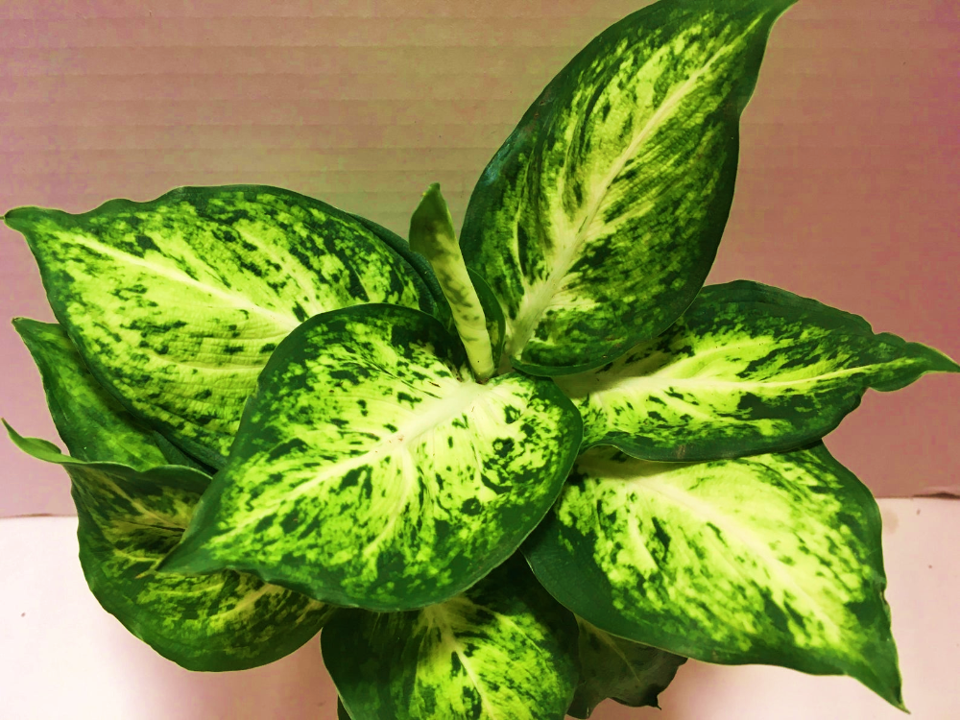
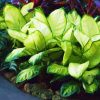
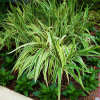
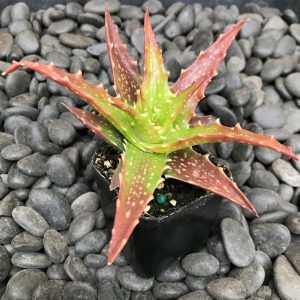
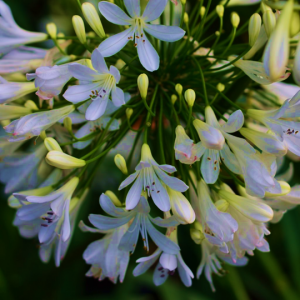
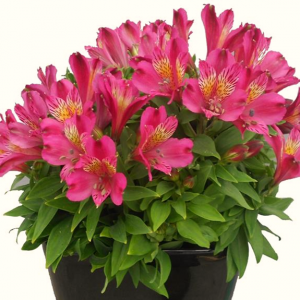
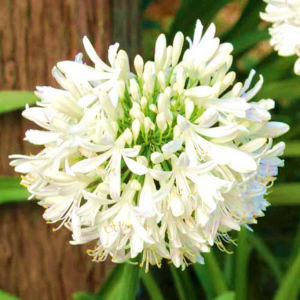
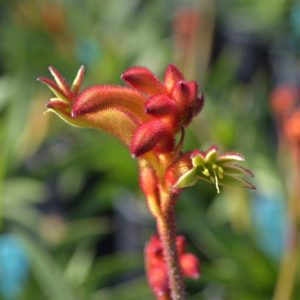
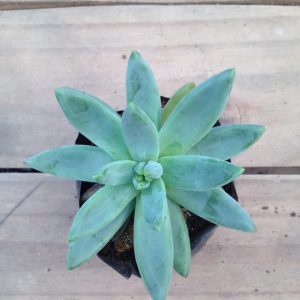
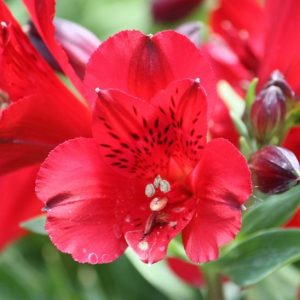
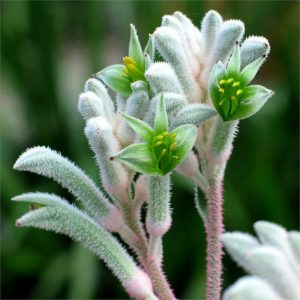
Reviews
There are no reviews yet.